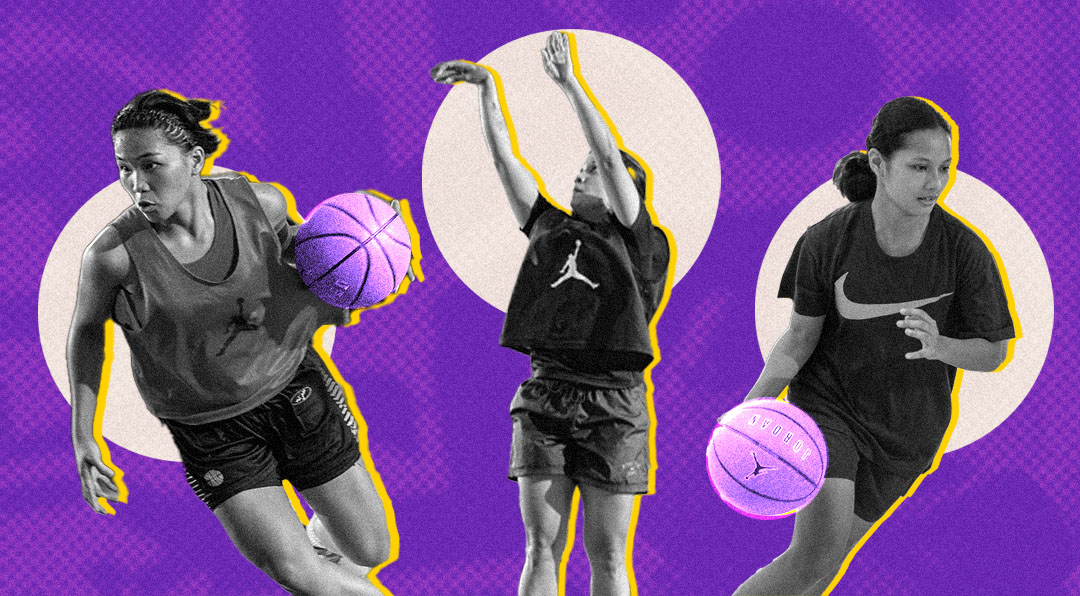To get the most out of your bike, you need to go beyond design, color, and brand
Photos by Mikkel Bech, Josh Nuttall, Jean van der Meulen, Alejandro Lopez, and Pavel Danilyuk
When choosing a bike, whether it’s our first or nth, there are a few things we first look at. Design, color, brand, and, of course, price come to mind.
However, there are little quirks that we should also pay attention to if we want to make the most of our riding experience. These little details, despite seemingly inconsequential to some, are crucial elements to our potential love affair with our bicycles.
1. Frame geometry
Geometry doesn’t just pertain to frame size. It points to the proportion that the bicycles come in. This is more significant for time trial or triathlon bikes where riding in an aerodynamic position is desired.
For example, there are certain brands that have a long and low geometry. This means that the stack (how high the headtube/cockpit is) is rather low while the reach (how far the headtube/cockpit is) is long. This gives you an aggressive aero position that is well suited to people with shorter legs and long torsos.
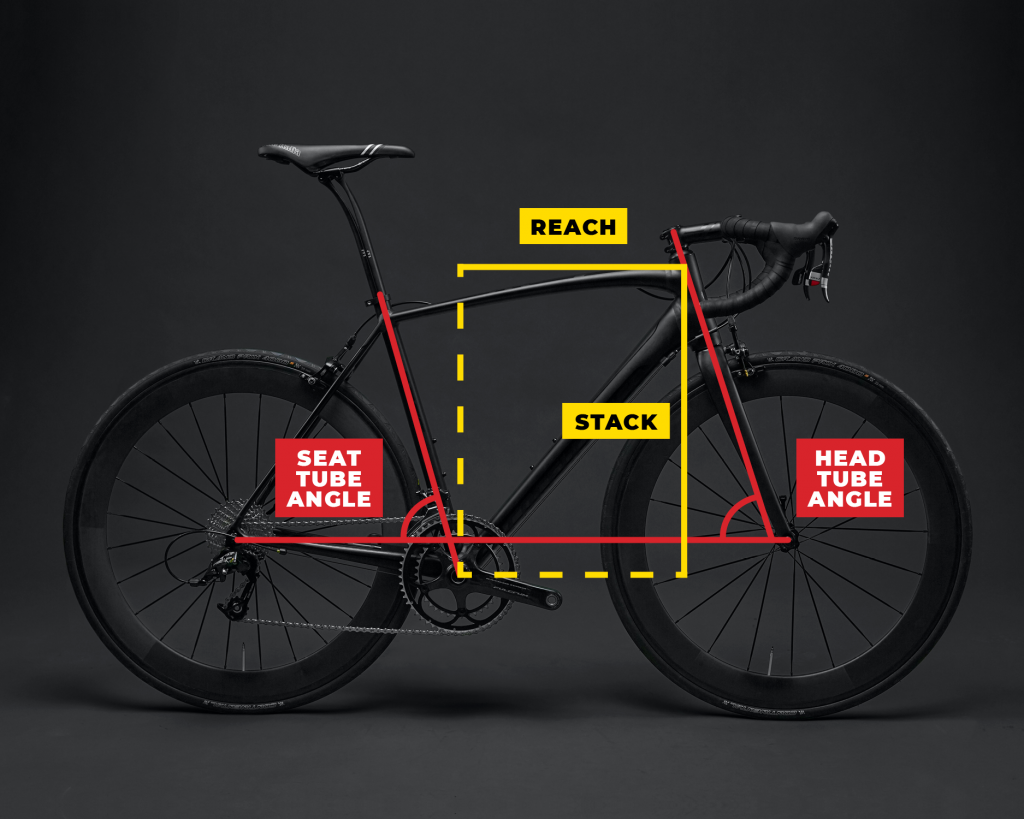
On the other hand, the more common geometry these days is the short and tall geometry where stack is high while reach is short. This is more popular nowadays because it’s more compliant for most age groupers who don’t really have excellent flexibility or want to prioritize comfort over aerodynamics.
Tip: If you’re unsure about what frame suits you, you can try and measure your inseam to height proportion. If your inseam is less than 45 percent of your height, you might be better off with a long and low frame compared with a short and tall one.
2. Head tube angle
Another often overlooked aspect of frame selection is head tube angle. Understandably so, not many people pay attention to this because it’s not really something you could pick from a list. Rather, it’s ingrained in the design philosophy of the frame itself.
In essence, head tube angle affects a lot of things on the bike; the most significant of which are the trail and rake of the fork. Without going into further detail, having a steep head tube angle makes steering more lively and responsive while slack head tube angles are more stable.
Choose the frame that would suit most of your rides. If you just want to have fun and experience liveliness, get a road bike or a tri bike with a steep head tube angle
This is why steep head tubes are mostly found in road bikes while slack ones are more common in triathlon bikes. This is because road bikes need to be nimble, especially when riding in groups or going down descents while tri bikes are known for their straight line speed.
Moreover, since you’re put in a somewhat awkward position on a tri bike, you want to be able to ride it steadily and have more control. This is also why I personally don’t prefer putting aerobars on road bikes. Yes, it can work and is done fairly often with no problems. However, I just find it too tiresome to constantly adjust my steering input while doing the long distance triathlons I prefer. In short, there’s a better option if you’re willing to invest in the equipment.
Tip: Choose the frame that would suit most of your rides. If you just want to have fun and experience liveliness, get a road bike or a tri bike with a steep head tube angle. If you want to be able to hold the cockpit easily with one hand while on the aerobars, get a tri bike with a relaxed steering angle. It will make a huge difference.
3. Crank length
This is a rather popular topic with several proponents on either fence. I’ve tried using longer cranks and shorter cranks and the difference is night and day for me.
Longer cranks give the illusion of force but this, for me, doesn’t translate well into actual performance. Looking at it from a scientific point of view, longer cranks technically can give you better leverage. However, this is short-lived as leverage is only important during the first few pedal strokes from a standstill, or in the few times you’re mashing up a hill at ridiculously low rpms.
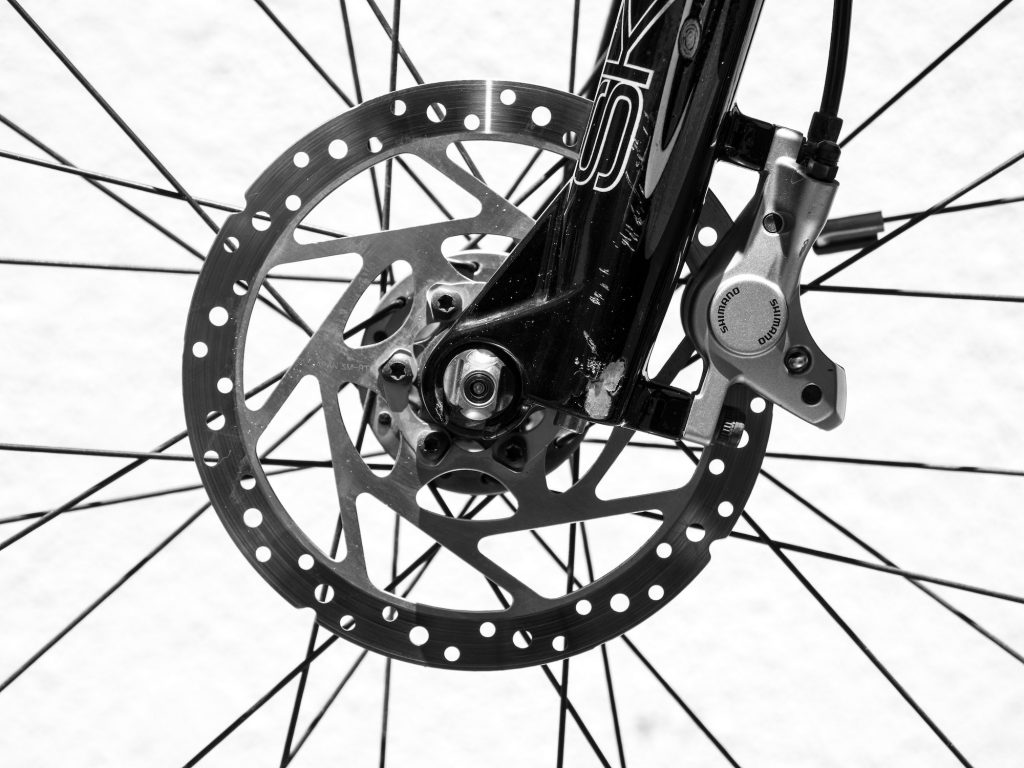
Once the cranks start spinning, crank length becomes less important. What becomes more relevant is hip angle, cadence, and pedaling smoothness, all of which are better translated by shorter cranks.
With a shorter crank, you open up the hips allowing you to pedal at a more comfortable position. This, I found, allows me to stay fresher off the bike and perform better on the run. On top of this, the shorter cranks help me spin them better with less pronounced dead spots. This, of course, is important for power delivery.
Some ask whether I lose any torque/force with my super short 155mm cranks. To be honest, not at all; potential loss of torque at the crank arm can easily be compensated for through proper gear selection.
Tip: Instead of focusing on leverage/torque at the crank, focus instead on comfort. This will allow you to produce more power (since power is both a function of torque/force and cadence) and stay fresher while on the saddle.
4. Saddle profile
Lastly, I want to discuss a bike accessory that is easy to replace but hard to select: the saddle.
When I was starting out more than a decade ago, I used to think that all saddles are the same and that it’s all about “getting used” to what you had. Boy was I wrong! Through years of riding, I found out the little quirks behind different saddle types.
First of all, let’s discuss the difference between long-nose and noseless saddles. This distinction is quite common since the effects are more easily observed than the other qualities of a saddle. In simple terms, having a noseless saddle will allow you to maintain a more aggressive pelvic angle. This means you can have a lower front end with less strain on your back.
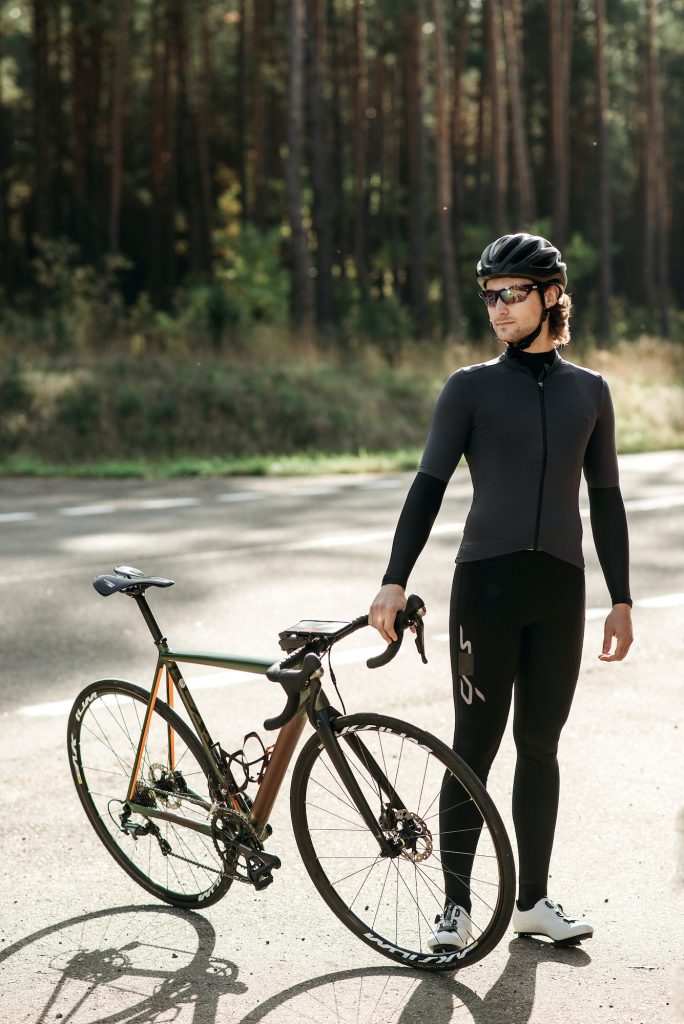
The second saddle detail is quite related to the first: the saddle “channel” or hole. This is the empty space you see in the middle of a saddle. All noseless saddles have this hole or opening while some saddles with a nose may or may not have this feature. This design was conceived to prevent saddle numbness by allowing for better blood flow and less nerve compression to the perineal area (the area between your sit bones).
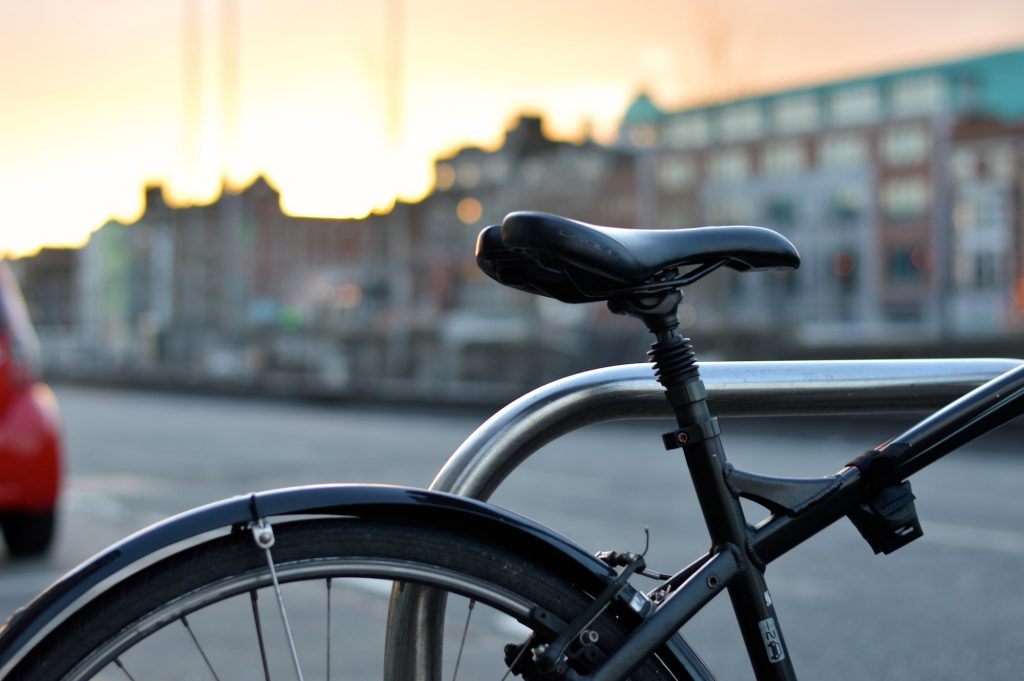
Speaking of sit bones, saddle width is also rather important as it allows you to support your sit bones better. Having too narrow of a saddle will irritate your perineal area while having too wide of a saddle will have rather obvious consequences like chafing and “excessive friction.”
Finally, choosing the cushioning on your bike seat is also extremely important. If you’re like me, you would have thought that softer saddles are always better. Nope! Saddles that are too soft tend to be too squishy and, over time, can lead to numbness because the sit bones aren’t supported properly. I’ve found that firmer saddles work best for me as the seat bears my weight better.
Tip: Saddle selection is all about trial and error. You really have to see what works for you. That’s why I try to borrow or rent trial saddles first or at least defer to the opinion of an expert who can help you select the best saddle. If you’re unsure about what to get, you can also buy used ones so there’s less pain on your wallet.
Have some training questions, feedback or suggestions for future articles? Drop a note in the comments section below or on Facebook, Twitter or Instagram. You can also get in touch with Don directly here.












